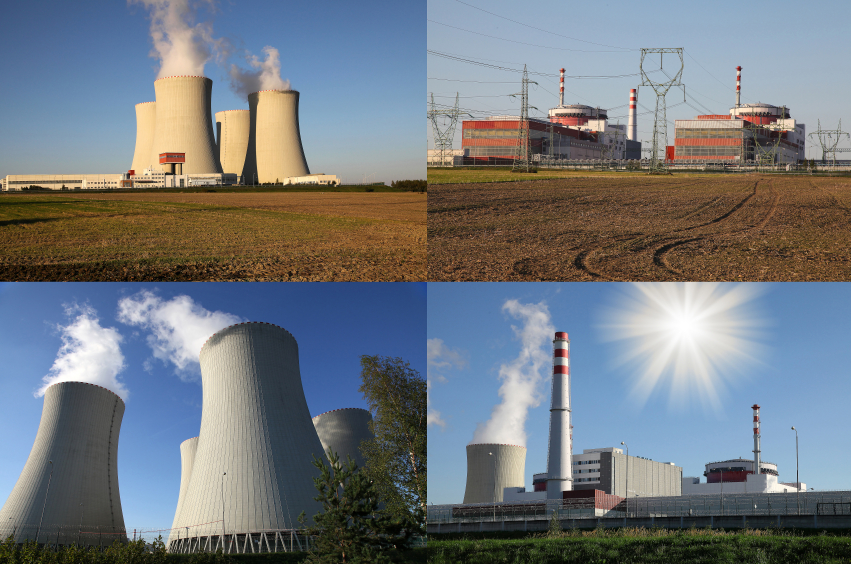 |
Under the federal Resource Conservation and Recovery Act (RCRA) rules, and most state variations of the RCRA rules, there are three classes of generators: large quantity generators (LQGs), small quantity generators (SQGs), and conditionally exempt small quantity generators (CESQGs).
Note: It is critical to remember that most states have been delegated the authority to run their hazardous waste programs. Some states have not adopted the federal CESQG class. If the federal generator classifications conflict with the state generator classifications, the stricter (i.e., more inclusive) state law prevails.
Out of Class
Legal responsibilities in connection with the management of generated hazardous waste hinge on the class of generator one falls under—with LQGs having more regulatory obligations than SQGs, and CESQGs having far fewer legal responsibilities than either LQGs or SQGs. Because most generators are consistently the same class of generator month after month, they understand the obligations that go along with their generator class.
They may be less clear, however, as to their responsibilities when the occasional situation arises that finds them to have generated more (or less) hazardous waste than their generator class allows. Then they are what the EPA calls an “episodic generator.”
Attend the Characterizing Solid and Hazardous Waste Streams webinar on April 8 to learn compliant and cost-effective ways to manage your waste streams. Learn more.
This is not actually a generator class, but a term EPA uses to describe a generator that may periodically exceed or fall below its normal generation limits in any given calendar month. According to the EPA, if the amount of hazardous waste generated in a given calendar month places the generator in a different category, the generator is an “episodic generator” responsible for complying with all applicable requirements of the generator category for all waste generated during that calendar month.
For example, if an SQG produces 300 kilograms (kg) of hazardous waste in May, that waste must be managed in accordance with the SQG regulations; if the same generator produces 1,500 kg of hazardous waste in June, that waste must be managed in accordance with the LQG regulations.
Generators often wonder if once they’ve become a different category of generator due to an episodic event, they remain in that category for the rest of the calendar year, especially if they became a larger generator. Under the scenario described here, the EPA would say that the generator must comply with all applicable LQG requirements for hazardous wastes generated in June for as long as that waste remains on-site. If the generator reverts back to SQG status in July, the generator must continue to manage the hazardous waste generated during the month it became an LQG according to all applicable LQG requirements. Hazardous waste generated during any months the generator was an SQG can be managed under SQG requirements.
Characterizing Solid and Hazardous Waste Streams: How to Achieve Cost- Effective Management and RCRA Compliance
Our presenter will provide you with a clear understanding of the RCRA regulations, including the December 2014 changes. Register today!
Unexpected Class Changes
Episodic generators include those that only occasionally generate hazardous waste, those that occasionally fluctuate between the three hazardous waste generator categories, and those that routinely change generator categories at least 1 month a year.
Instances where a generator may fall into another generator category unexpectedly, or as the result of a onetime occurrence, include:
- Laboratory clean outs;
- Off-specification product inventory clean outs;
- Tank cleaning;
- Underground storage tank removals;
- Spills of hazardous waste or product that become hazardous waste when spilled; and
- Those hazardous wastes (e.g., contaminated media and debris) generated from conducting remediation-related activities.
If you find you have had an episodic generation, contact your state environmental regulatory agency as to any particular requirements for episodic generators, such as notifying the agency of the change in generator class, requesting an EPA ID number (if you do not already have one), or filing an annual report (if your state requires them) for all or part of the calendar year.
Note: Some SQGs that fluctuate between SQG and LQG classes have decided that it makes their life easier to identify as an LQG and comply with the LQG requirements.
